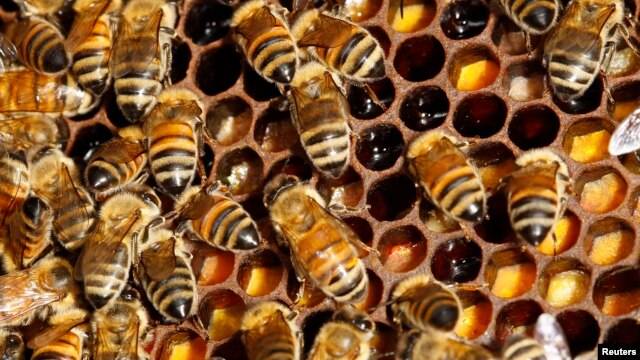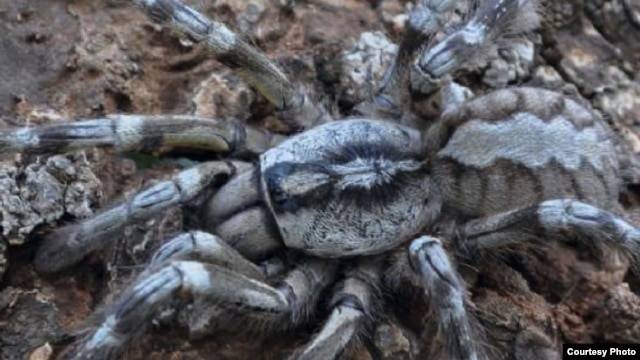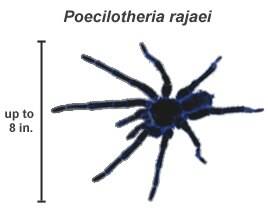shintao
Take Down ~ Tap Out
- Aug 27, 2010
- 7,230
- 361
- 83
I have a honey bee who fell in love with one of my securtiy cameras and is sitting on the lens. It is pretty cold out & maybe the camera is producing warmth. 
I can just about see through him, looks like an x-ray, head area black, a black spine area and clear bosy around it, and a black tail where the stinger area is located. I can hear him buzzing when he flew around the lens before sitting down.



I can just about see through him, looks like an x-ray, head area black, a black spine area and clear bosy around it, and a black tail where the stinger area is located. I can hear him buzzing when he flew around the lens before sitting down.



Last edited:






